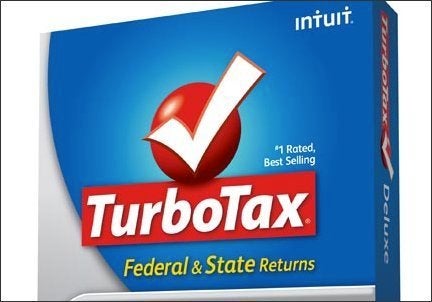
Automating your business processes, including tax responsibilities, can save you time and money. And fortunately, there are plenty of software offerings out there, to help you get the job done.
But with all those choices, selecting the right types of software, online solutions and other tools for your company's tax preparation is essential. Want to know where to start? Here are five things you need to know.
1. Decide what tools you need.Tax-wise, you need to keep records, track your time, pay taxes, file returns and more. Take the time to figure out what types of software, online tools and mobile apps can help you keep it all straight.
Keep records. Keeping records of your income and expenses is a sound business practice that's also required for tax purposes. Select an accounting option that meets your needs -- you can choose from software as well as online programs. Compare features, costs, ease of use and take advantage of free trials. Examples include:
- AccountEdge from Acclivity
- QuickBooks Pro from Intuit
- Sage Peqachtree Pro Accounting
Track and organize time slips, receipts and other documents. If you bill by the hour, you'll want to log in your work carefully so you can bill accordingly. You also have to track travel and entertainment costs, noting the kind of information required for tax purposes -- the date of the expense, cost, business purpose, name of customer, vendor or other business associate for meals, entertainment or gifts, etc. Numerous software solutions and apps can help you do this. It's advisable to find a tool that ties into your accounting choice. For example, you can use Tap2Track to record your vehicle mileage on your iPhone and then transfer data to Quickbooks.
You can store your receipts, canceled checks, invoices and other tax papers in file cabinets or minimize storage needs and better organize these papers using an online solution. Shoeboxed, for example, helps you do this. You send your receipts in a pre-paid envelope, by e-mail or with your mobile phone (the iPhone app is free); Shoeboxed then scans, enters data and organizes receipts for you.
2. Automate estimated tax savings.Self-employed individuals don't have wages from which income taxes can be withheld. Instead, they're required to pay estimated taxes four times a year. An estimated 60 percent of self-employed individuals aren't paying what they should, often because it's difficult to come up with a cash lump sum at payment time.
You can set up your own estimated tax savings system to squirrel away funds needed to make quarterly estimated tax payments that cover income taxes and self-employment tax (Social Security and Medicare taxes for the self-employed). Or you can use an online solution, such as Tax-Aside (full disclosure: I'm a spokesperson for Tax-Aside). This tool figures the small weekly set-asides needed to pay estimated tax amounts each quarter and holds the funds in an FDIC-insured, interest-bearing attorney escrow account. Then, on the payment dates, funds are automatically transferred to the Treasury using EFTPS.gov, the federal government's electronic payment system.
3. Figure your income taxes.While many businesses use tax professionals to prepare their tax returns annually, some small-business owners prefer to handle this chore themselves. Fortunately, there is tax software to make the process easier than filling out a return by paper. This software is updated annually for the current return, so you'll have to purchase a new package every year. While there are several programs designed for self-employed individuals, the two leading options are:
- TurboTax for Home and Business
- H&R Block Premier and Business from H&R Block
Important: Recognize that tax preparation software is only as good as the information you feed into it. If, for example, you fail to input all your business meals or advertising costs, you'll lose out on important tax deductions. Also be sure to check throughout the tax season for program updates. (The software will prompt you to download new forms and other program updates.)
4. Don't be a tax software pirate.Buying tax software gives you a license to use the product on a certain number of computers -- it may be only one or, say, five computers. If you copy the software to more computers than the license permits, you're a software pirate. The Business Software Alliance estimates that for businesses with fewer than 100 employees, the piracy rate is 41 percent. Besides the fact that it's illegal (with severe civil and criminal penalties if caught) and unethical to do this, be aware that pirated software doesn't have tech support and is vulnerable to malware attacks.
5. Safeguard your data.If you use an online solution, such as an accounting system online, your data is stored for you. If you use software, be sure to back up your data regularly so your information is protected in case anything happens to your computer.
Consider automating your backup using an online service for this purpose. The cost each month depends on the amount of data you back up nightly, but this cost is significantly less than the cost of reconstructing data that could be lost if your computer is damaged or stolen.
The original version of this article appeared on AOL Small Business on 2/10/11.